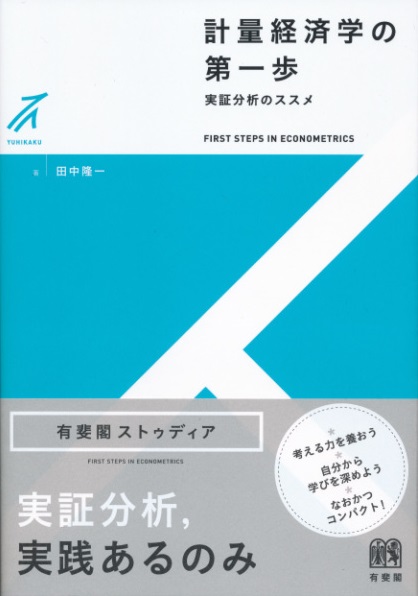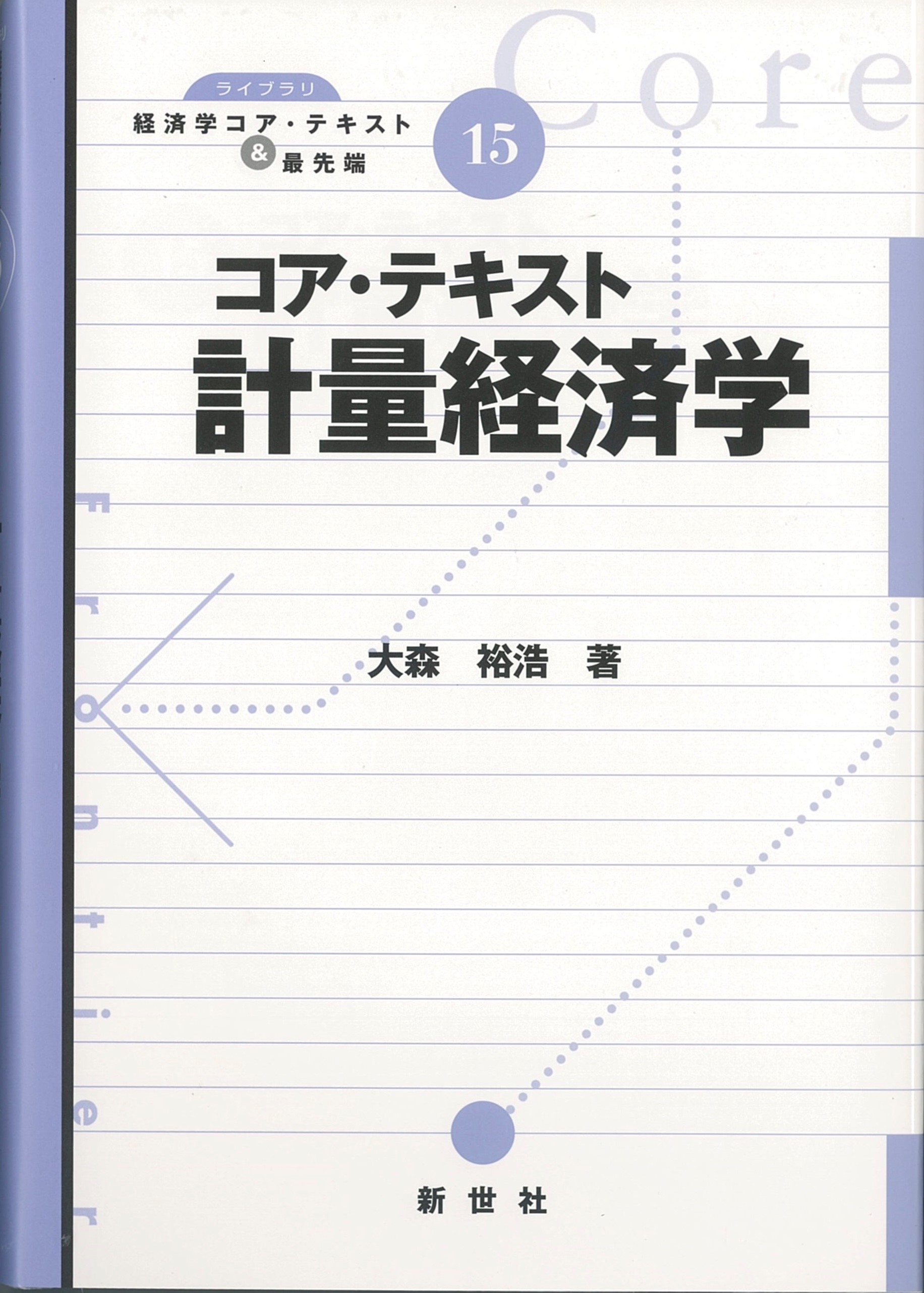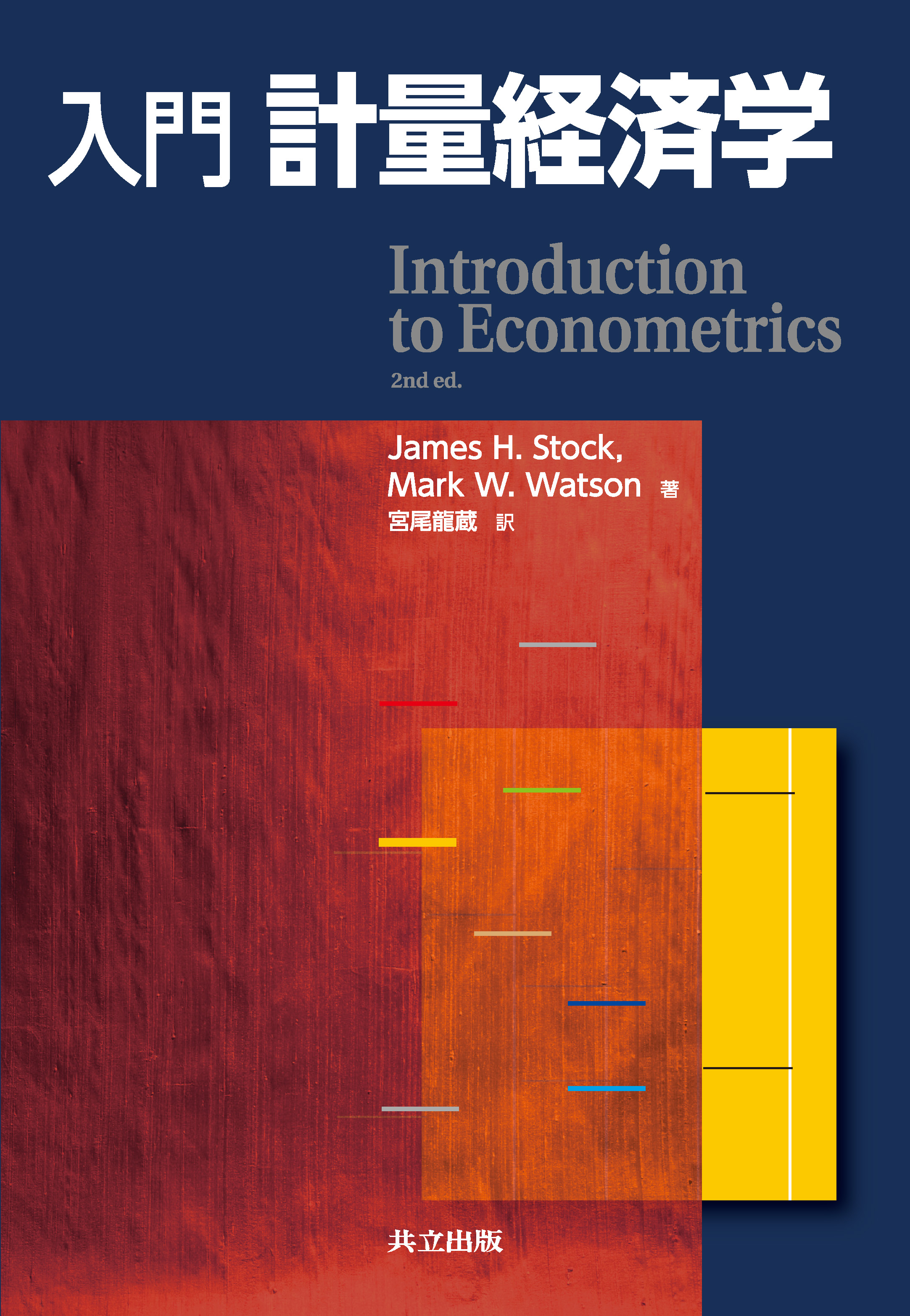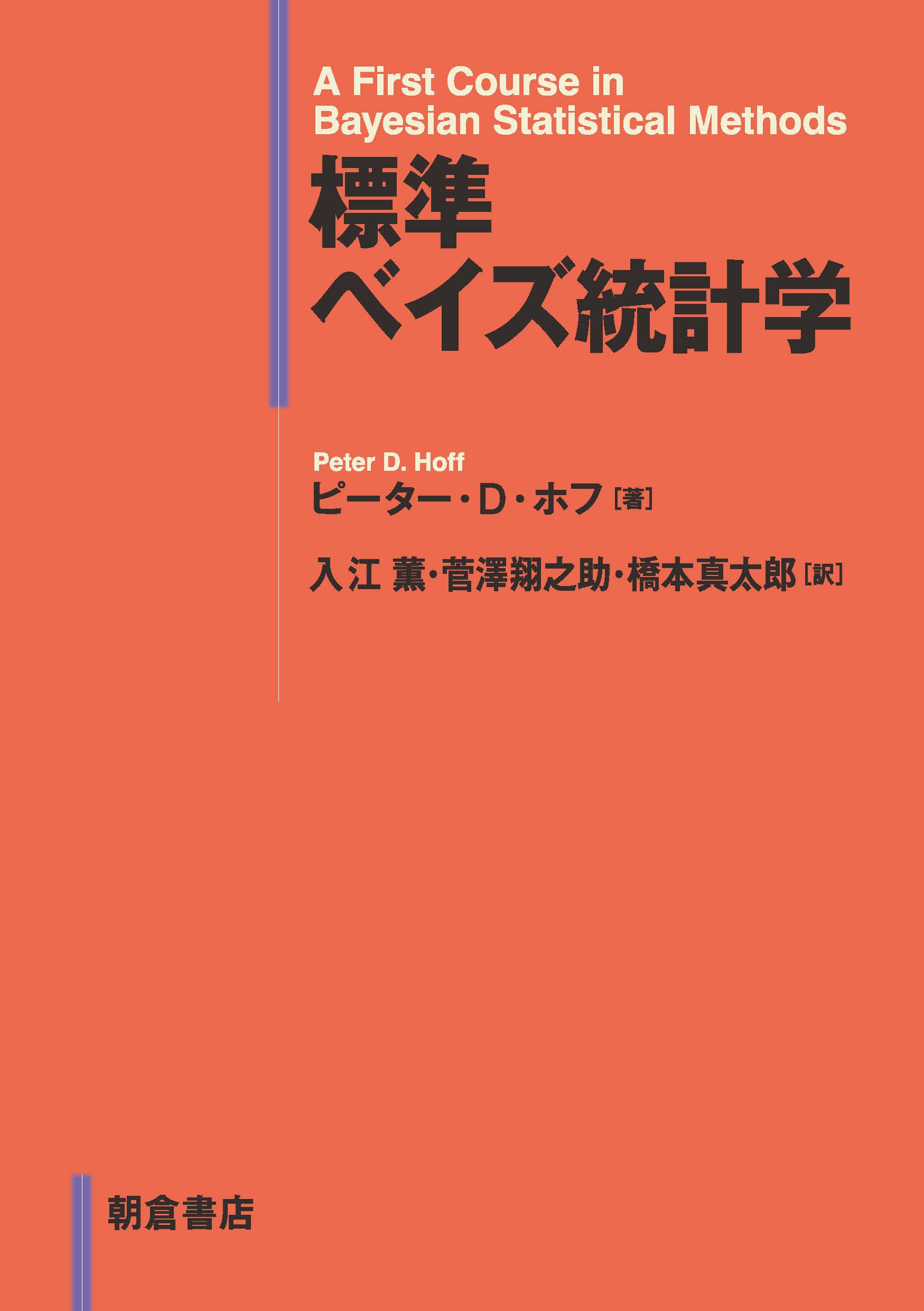
Title
Yuhikaku-Studia Keiryo-Keizaigaku no Daiippo (First Steps in Econometrics: An Encouragement of Empirical Analysis)
Size
288 pages, A5 format, softcover
Language
Japanese
Released
December, 2015
ISBN
978-4-641-15028-7
Published by
Yuhikaku Publishing
Book Info
See Book Availability at Library
Japanese Page
I first became fascinated by empirical analysis, and especially econometrics, when I was studying abroad in the United States getting my doctorate in economics. Students at graduate schools in the U.S. are given data analysis problems virtually every week. Moreover, they are allowed to use anonymous micro data when making empirical analyses in their reports. The situation is completely the opposite from what it was like when I was studying in Japan, where there is no data for you to use even when you have something you want to research. In the U.S. you have more than you could ever manage to sift through, and I became obsessed with haphazardly making searches into this or that topic.
Econometrics is a powerful tool for learning the causal relationship between two variables—for example, education and income. For that purpose, it often employs a regression model, which is useful in showing the relationship between the two. Since the use of probability and statistics is necessary for econometrics, the field is easier to approach if you already feel comfortable in those areas. The purposes of econometrics and probability and statistics are not the same, however. Probability and statistics tell you about how to understand the mechanisms behind a limited scope of data, while econometrics—because it is empirical analysis—requires an approach based first and foremost on what it is exactly you want to research. In other words, the point of studying econometrics is that you already have something specific that you want to research. And in order to achieve your goal, you study probability and statistics. You could never knowingly approach a problem you were not even aware of—while if you know exactly what the problem is, you are able to attack it with a clear goal to solve it. This book is intended to provide practical exercises to new students of econometrics, to keep their focus on what they want the field to do for them.
Although even Japanese textbooks have seen a steady increase in recent years in the availability of supplemental materials on the internet, there is still a long way to go. In the case of this book however, the depth and volume of information at your disposal is probably the most extensive in this series. On the website page for this textbook, we provide the data used for its examples and practice exercises, addenda regarding information that has changed since publication, answers to and commentary on practice exercises, an easy-to-use guide of statistical software, and access to programs (Stata, R, gretl) that reproduce the answers to practice exercises. It may be used with a variety of software, so it is tailorable to individual learning styles, and the inclusion of the answers and commentary makes it perfect for self-study. This book was born, more than anything else, out of the strong conviction that students need to practice analyzing data themselves, so please jump in and give it a try.
Having some kind of rationale to back you up makes it remarkably easier to communicate your ideas to other people. Econometrics is a means of getting you that rationale. And the best way of acquiring that means is to try your own hand at this kind of analysis, over and over. It holds ever true that empirical analysis may only be learned through actual practice of its techniques.
(Written by TANAKA Ryuichi, Professor, Institute of Social Science / 2018)



 Find a book
Find a book


 eBook
eBook

